Home>Ideas and Tips>Hawaii’s Native Plants: Incorporating Tropical Flair At Home
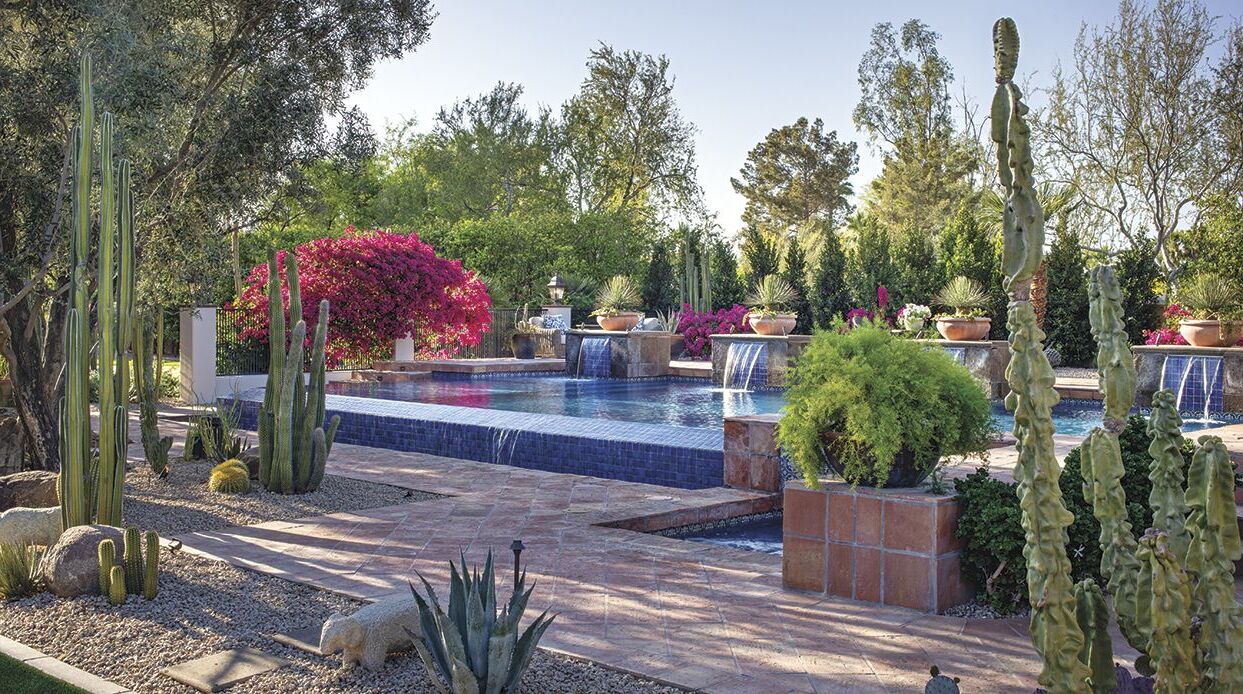

Ideas and Tips
Hawaii’s Native Plants: Incorporating Tropical Flair At Home
Published: October 27, 2024
Discover how to incorporate Hawaii's native plants into your home garden for a touch of tropical flair while supporting local biodiversity.
(Many of the links in this article redirect to a specific reviewed product. Your purchase of these products through affiliate links helps to generate commission for Storables.com, at no extra cost. Learn more)
Hawaii is renowned for its lush, tropical landscapes and diverse array of native plants. These plants not only add a touch of exotic beauty to any garden but also play a crucial role in maintaining the unique ecosystem of the Hawaiian Islands. In this article, we will delve into the world of Hawaii's native plants, exploring their characteristics, uses, and how you can incorporate them into your home garden.
The Diversity of Hawaii's Native Plants
The Hawaiian Islands are home to approximately 1,400 vascular plant taxa, with nearly 90% of these species found nowhere else in the world. This incredible diversity is a testament to the islands' unique geological history and isolation. From the towering trees of the rainforests to the delicate flowers of the coastal areas, each native plant has evolved to thrive in Hawaii's distinct environment.
ʻAʻaliʻi (Dodonaea viscosa)
One of the most widespread and versatile native plants in Hawaii is the ʻAʻaliʻi (Dodonaea viscosa). This shrub or small tree can be found growing from sea level to high mountainous environments across all eight major Hawaiian Islands. Its ability to adapt to various conditions makes it an excellent choice for landscaping. The ʻAʻaliʻi has small, oval-shaped leaves that are greenish-blue in color and clusters of tiny yellow flowers that eventually turn into small orange or red fruits. This plant is not only aesthetically pleasing but also provides a natural habitat for local wildlife.
ʻAhuʻawa (Cyperus javanicus)
Another common native grassy species in Hawaii is the ʻAhuʻawa (Cyperus javanicus). This lowland, dry grassy species grows on all of the major Hawaiian Islands as well as the Northwestern Islands. The ʻAhuʻawa has linear leaves that are greenish-blue in color and can grow up to 110 cm long. The plant produces umbrella-like flower clusters with many tiny spikelets containing seeds. Its coarse and abrasive margins make it a distinctive feature in any landscape.
Akia (Wikstroemia uva-ursi)
The Akia (Wikstroemia uva-ursi) is a dense shrub that grows prostrate or sprawls up to 3-4 feet tall. It has small oval-shaped leaves that are greenish-blue in color attached to reddish-brown branches. When in bloom, numerous clusters of tiny yellow flowers develop, eventually turning into small orange or red fruits. The flowers have a musky but distinct scent, making them easily recognizable from a distance. This plant is highly recommended for its hardiness and low maintenance requirements, making it an ideal choice for those looking to add tropical flair to their garden without much upkeep.
Cultural and Medicinal Uses
Many of Hawaii's native plants have been used by the local population for centuries not only for their aesthetic value but also for their medicinal and cultural significance.
Hibiscus furcellatus
The Hibiscus furcellatus, also known as the yellow hibiscus, is one of the two indigenous Hawaiian hibiscus species. It can be found on Kauaʻi, Oʻahu, Maui, and Hawaiʻi Island. The flowers of this plant are large and have light purple/pink petals with a dark purple center and staminal column. Once pollinated, the calyx turns brown and is filled with many small, shiny brown seeds. The flowers can be used medicinally as a laxative and also for dyeing purposes. The bark of the plant can be stripped and woven into cordage.
ʻAʻaliʻi
The ʻAʻaliʻi has been used in traditional Hawaiian medicine for various purposes. Its leaves and stems are used to treat fever, rheumatism, and other ailments. Additionally, the plant's wood is valued for its durability and is often used in traditional Hawaiian crafts.
Incorporating Native Plants into Your Home Garden
Incorporating native plants into your home garden not only adds a touch of tropical flair but also supports local biodiversity and helps maintain the unique ecosystem of the Hawaiian Islands.
Choosing the Right Plants
When selecting native plants for your garden, consider the specific needs of each species. For example:
- Light Requirements: Many native Hawaiian plants prefer full sun to partial shade. However, some like the Akia can thrive in shaded areas.
- Water Requirements: Plants like the ʻAʻaliʻi are relatively drought-tolerant, while others like the Hibiscus furcellatus require more moisture.
- Soil Requirements: Ensure that your soil has good aeration and organic matter. Adding perlite or vermiculite to standard potting soil can improve drainage and nutrient content.
Planting Tips
- Start with Nursery Plants: Begin with nursery plants that are already in bud or blooming. This ensures you get to enjoy the flowers from spring through fall.
- Container Gardening: Many native Hawaiian plants make excellent container plants. For example, the Akia can be grown in a pot and moved indoors or into shelter for the winter.
- Pruning: Regular pruning helps maintain a desirable size and encourages new growth. Remove dead or damaged foliage to keep your plants healthy and thriving.
- Pest Control: Inspect your plants regularly for signs of pests like aphids. Use organic pest control methods whenever possible to maintain the health of your plants.
Creating a Tropical Landscape
To create a tropical landscape that captures the essence of Hawaii, consider combining different foliage colors and textures. For example:
- Ti Plant (Cordyline fruticosa): This plant has bold purplish leaves that contrast beautifully with the bright green lacy leaves of a fern called Laua'e.
- Bougainvillea: This flowering vine grows quickly in containers and can be moved indoors or into shelter for the winter. Choose compact varieties like 'Singapore Pink', 'Temple Fire', or 'Purple Queen' to avoid breaking up the root ball.
Conclusion
Incorporating Hawaii's native plants into your home garden is not only aesthetically pleasing but also supports local biodiversity and helps maintain the unique ecosystem of the Hawaiian Islands. By choosing plants that are well-suited to your climate and soil conditions, you can create a lush, tropical landscape that captures the essence of this beautiful region. Whether you're looking to add some exotic beauty or support local conservation efforts, Hawaii's native plants offer a wide range of options for every gardener.
Additional Resources
For more information on Hawaii's native plants and how to incorporate them into your garden, consider visiting the following resources:
- Hawaiian Native Plants: Hui Ku Maoli Ola Native Plant Nursery is a one-stop shopping destination for all of your Hawaiian plant needs.
- Native Hawaiian Plant Guide: Noah Lang Photography offers a comprehensive guide to native Hawaiian plants, including photos and detailed descriptions.
- Forestry Program | Common Native Plants: The Hawaiian Department of Land and Natural Resources provides information on common native plants and conservation efforts.
By embracing Hawaii's native plants, you can bring a touch of tropical flair into your home garden while contributing to the preservation of these unique and beautiful species.
Was this page helpful?
At Storables.com, we guarantee accurate and reliable information. Our content, validated by Expert Board Contributors, is crafted following stringent Editorial Policies. We're committed to providing you with well-researched, expert-backed insights for all your informational needs.
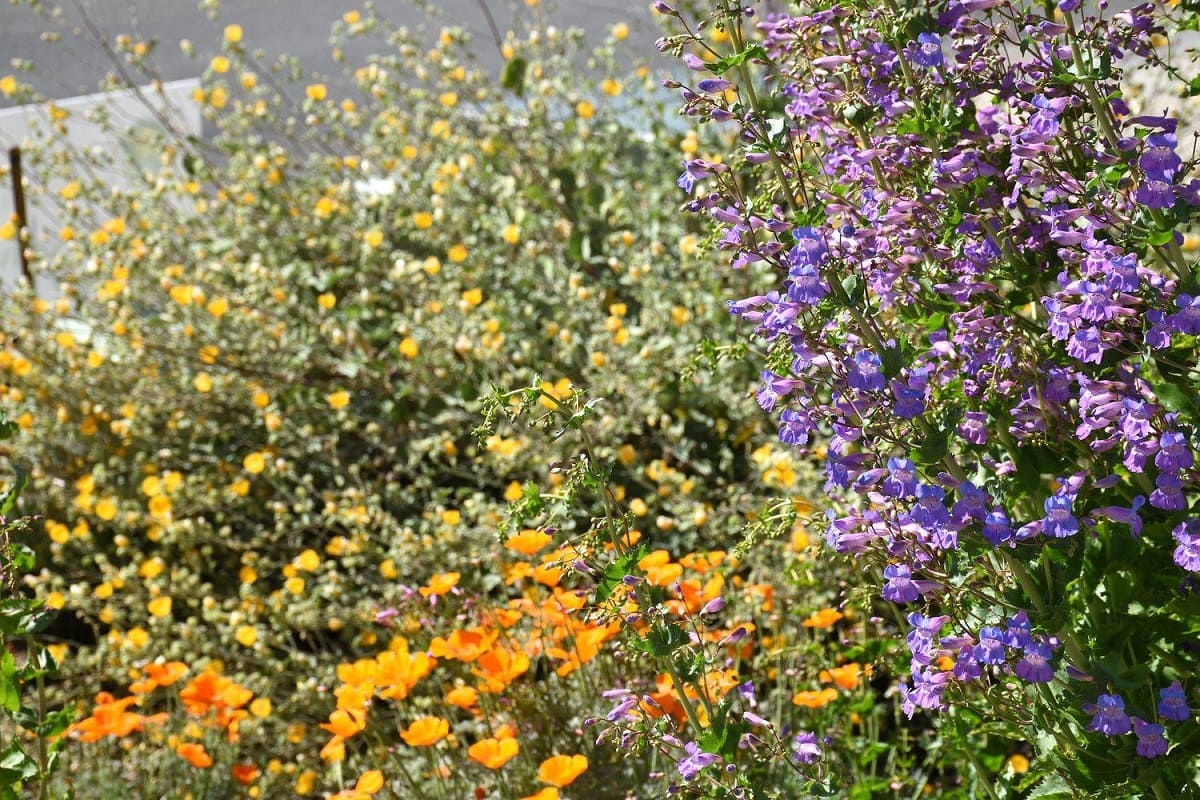
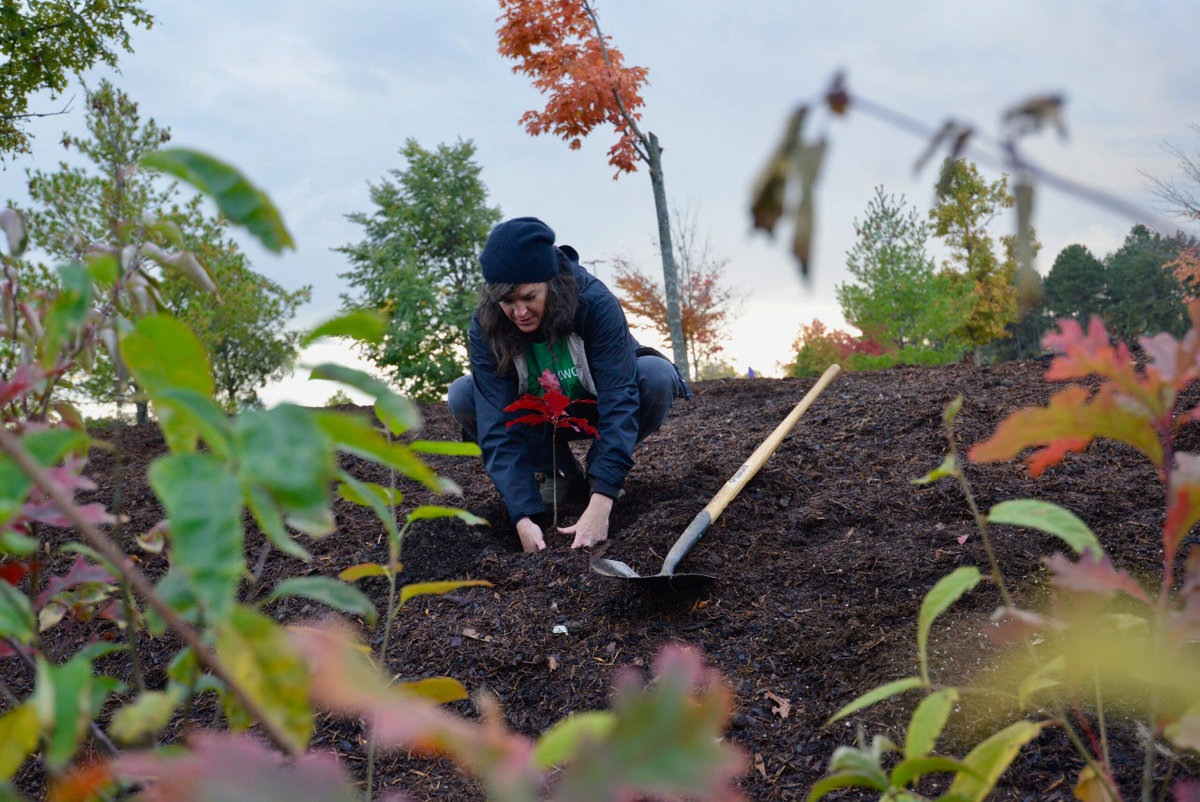
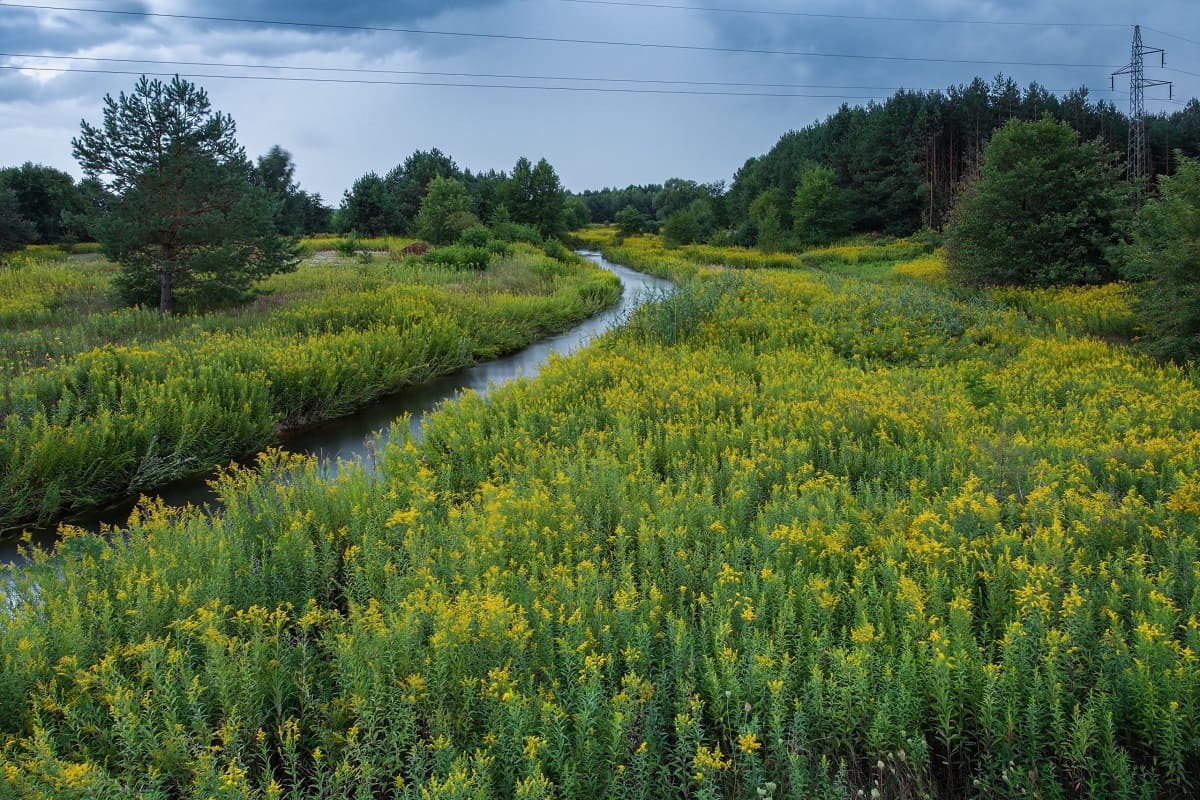
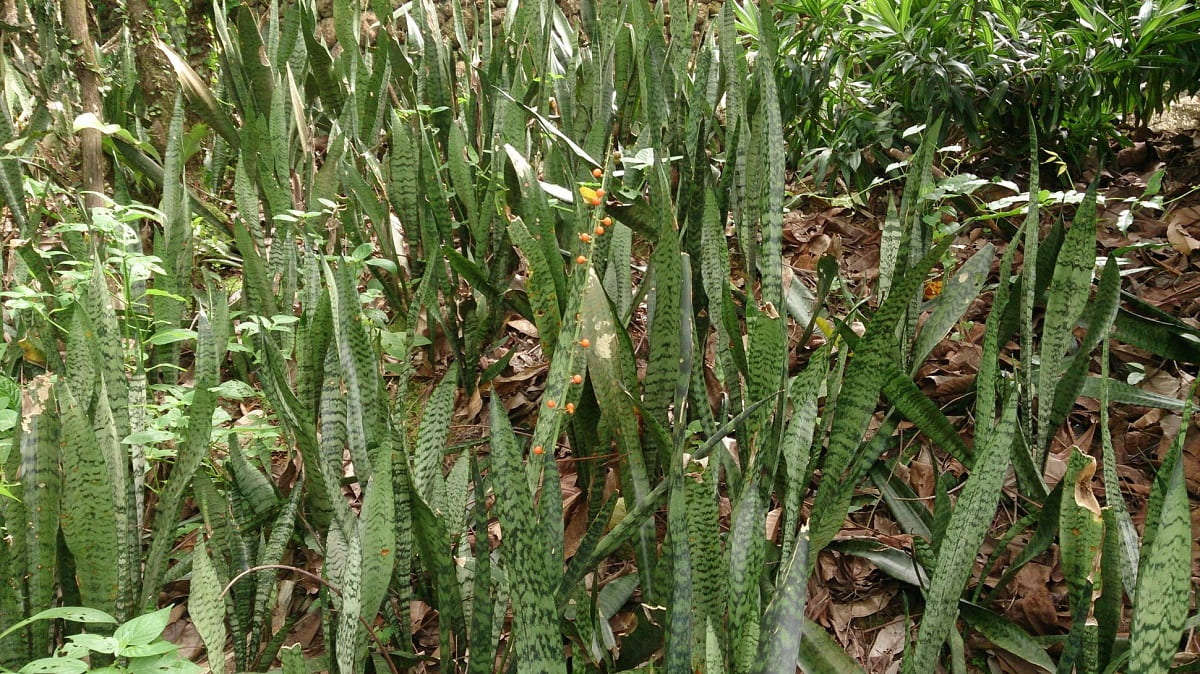
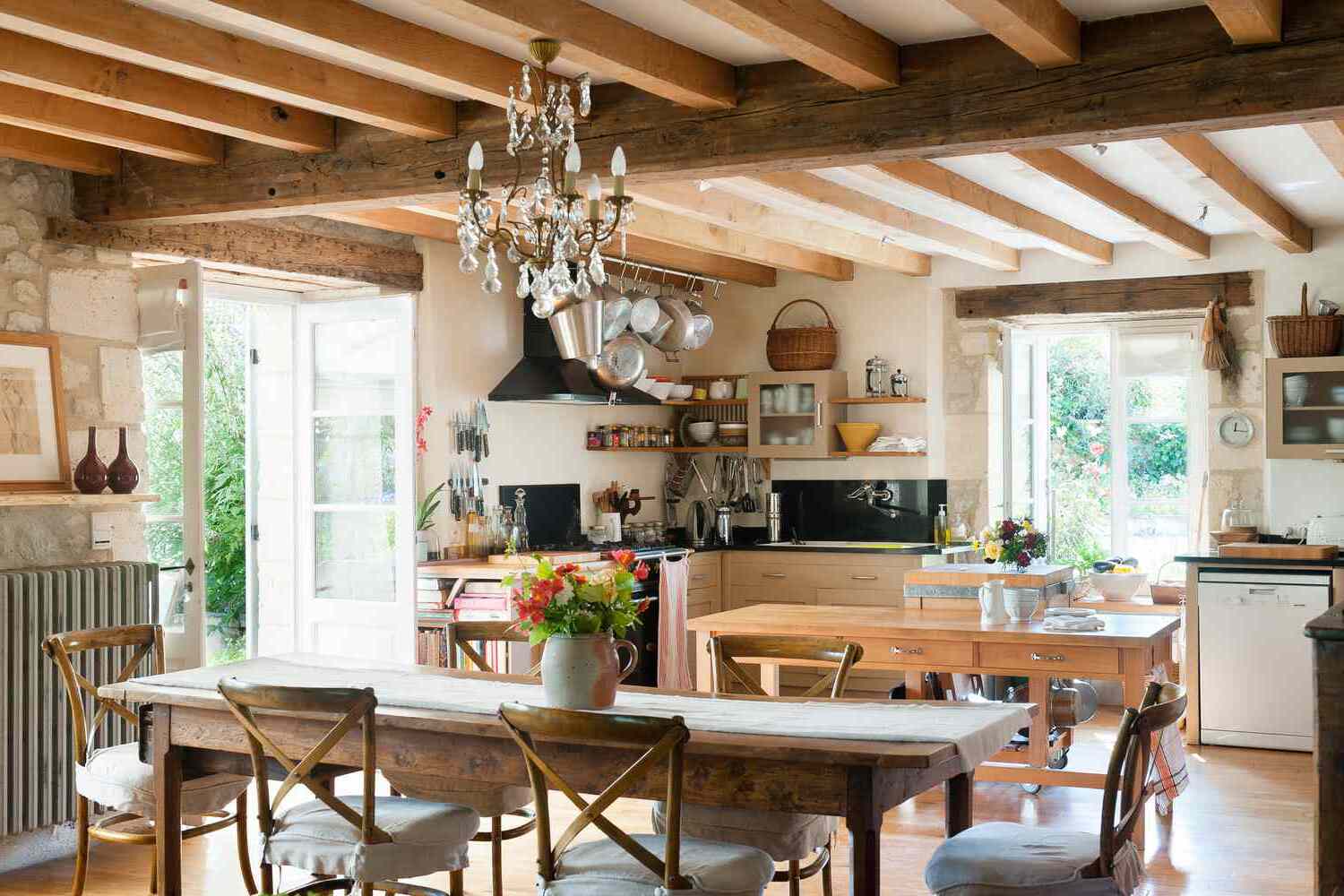
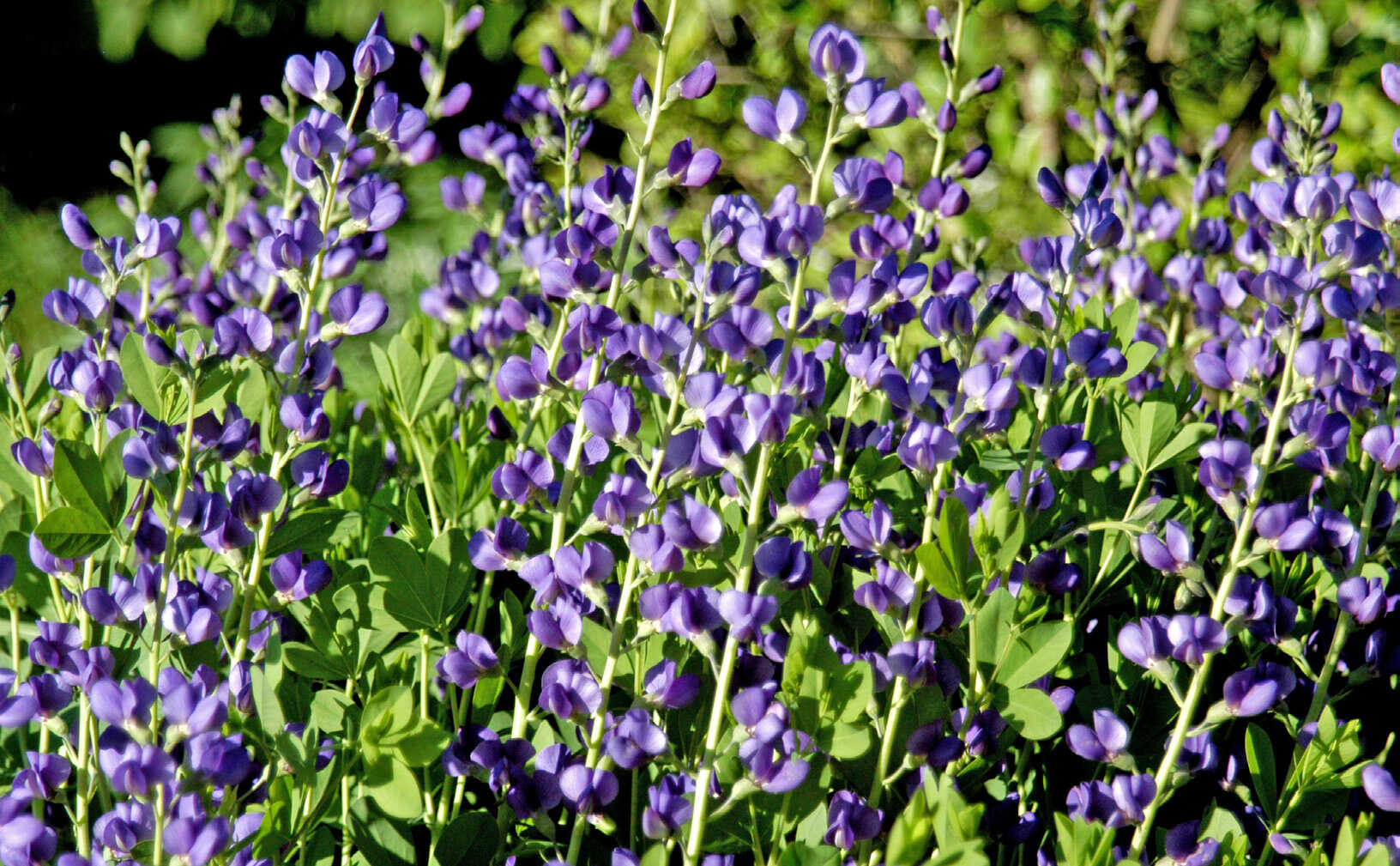
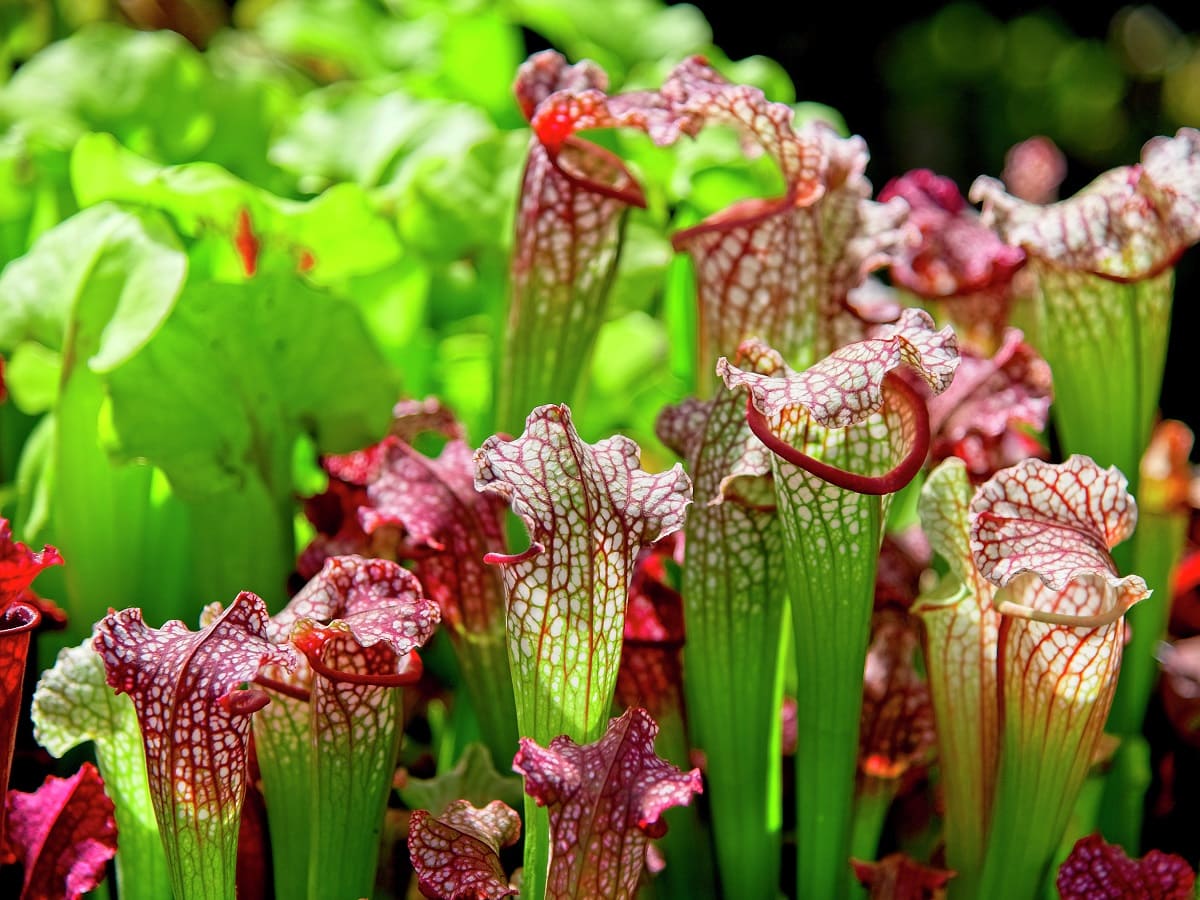
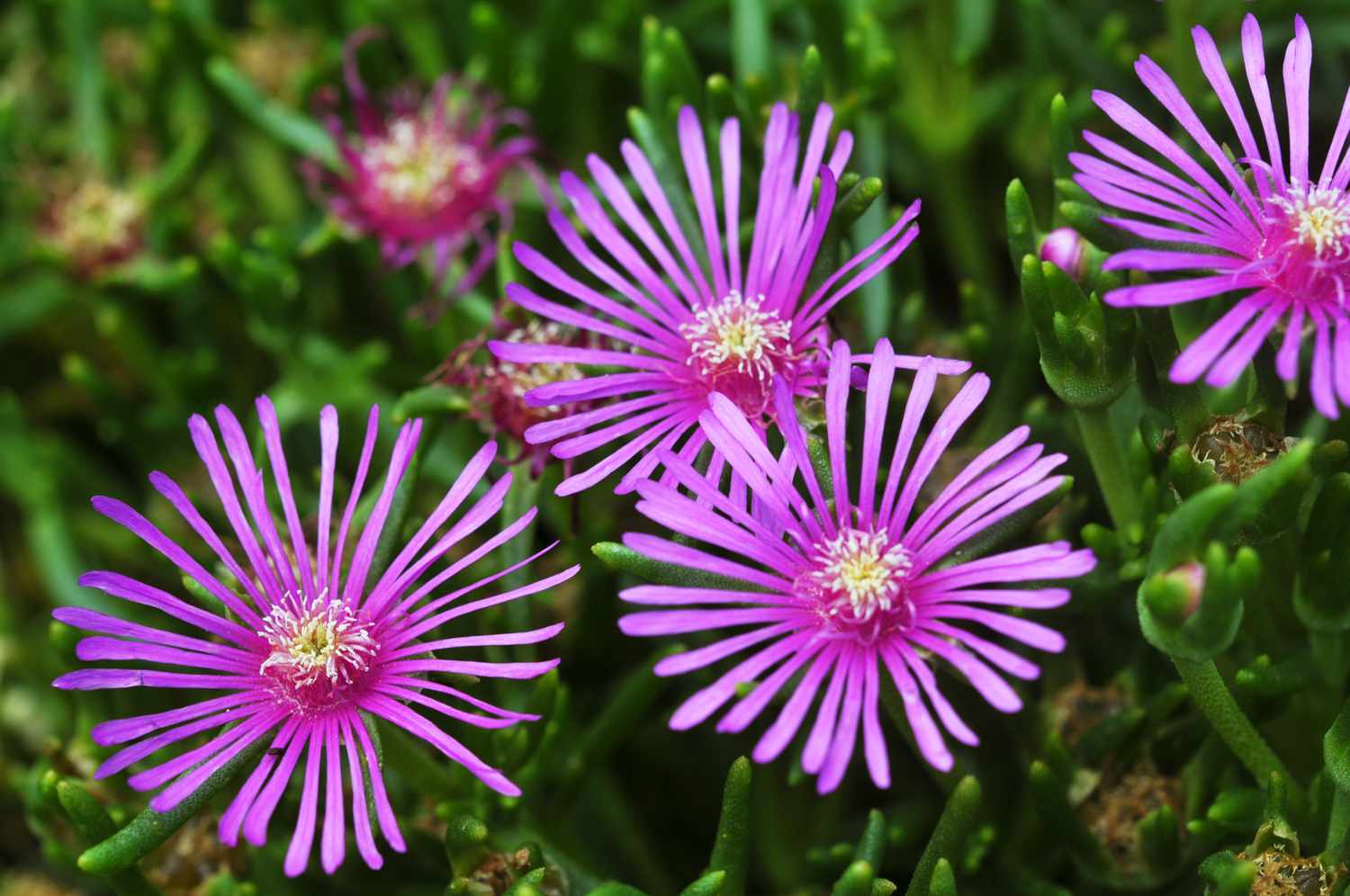
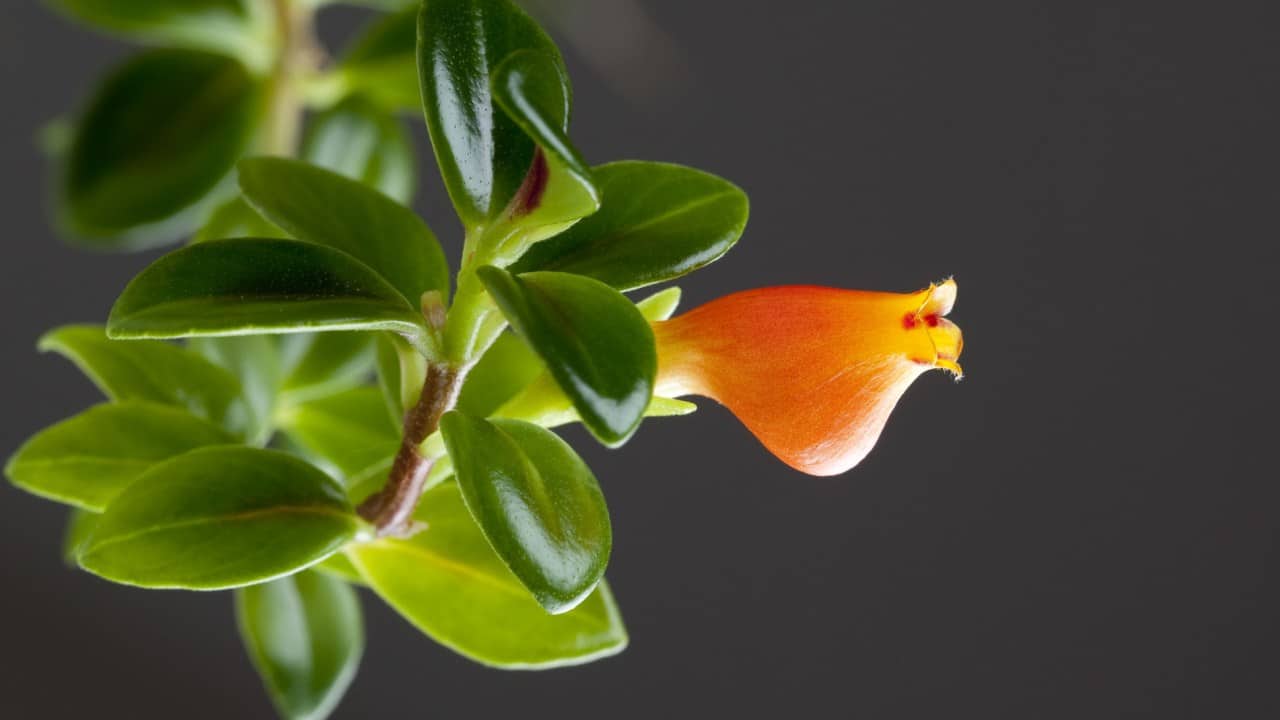
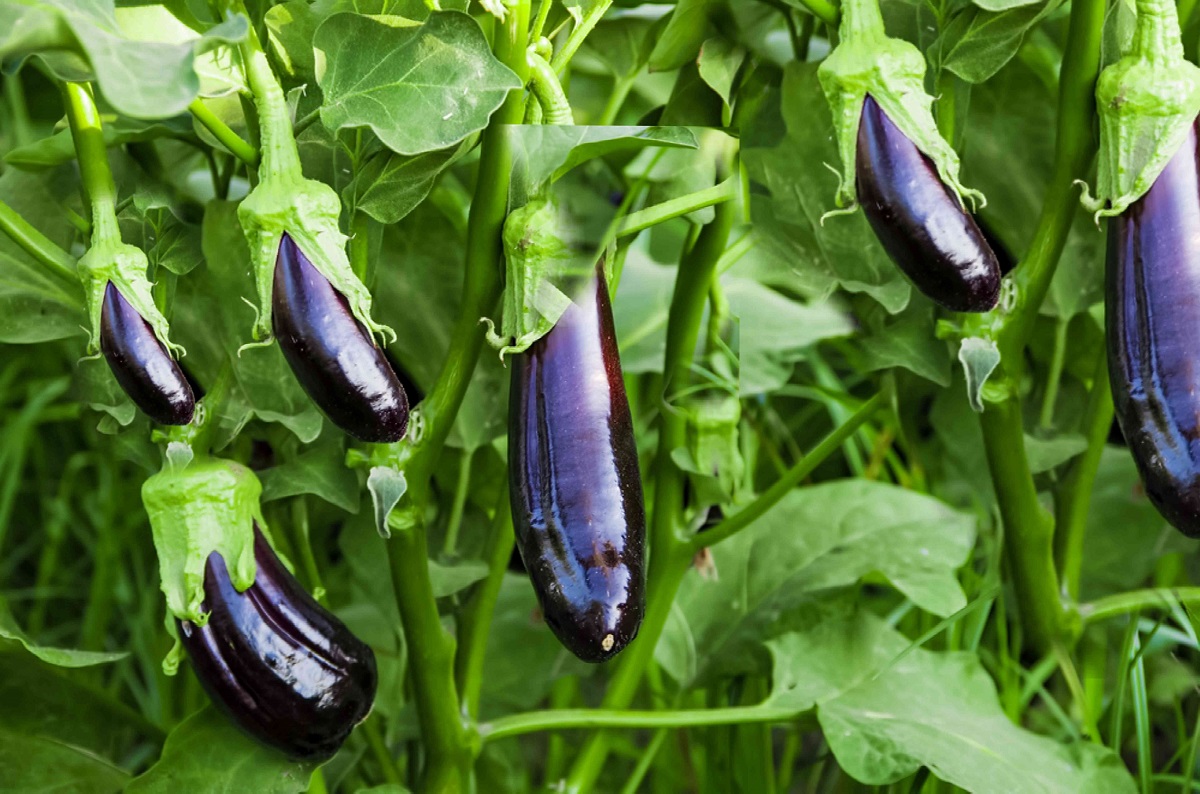
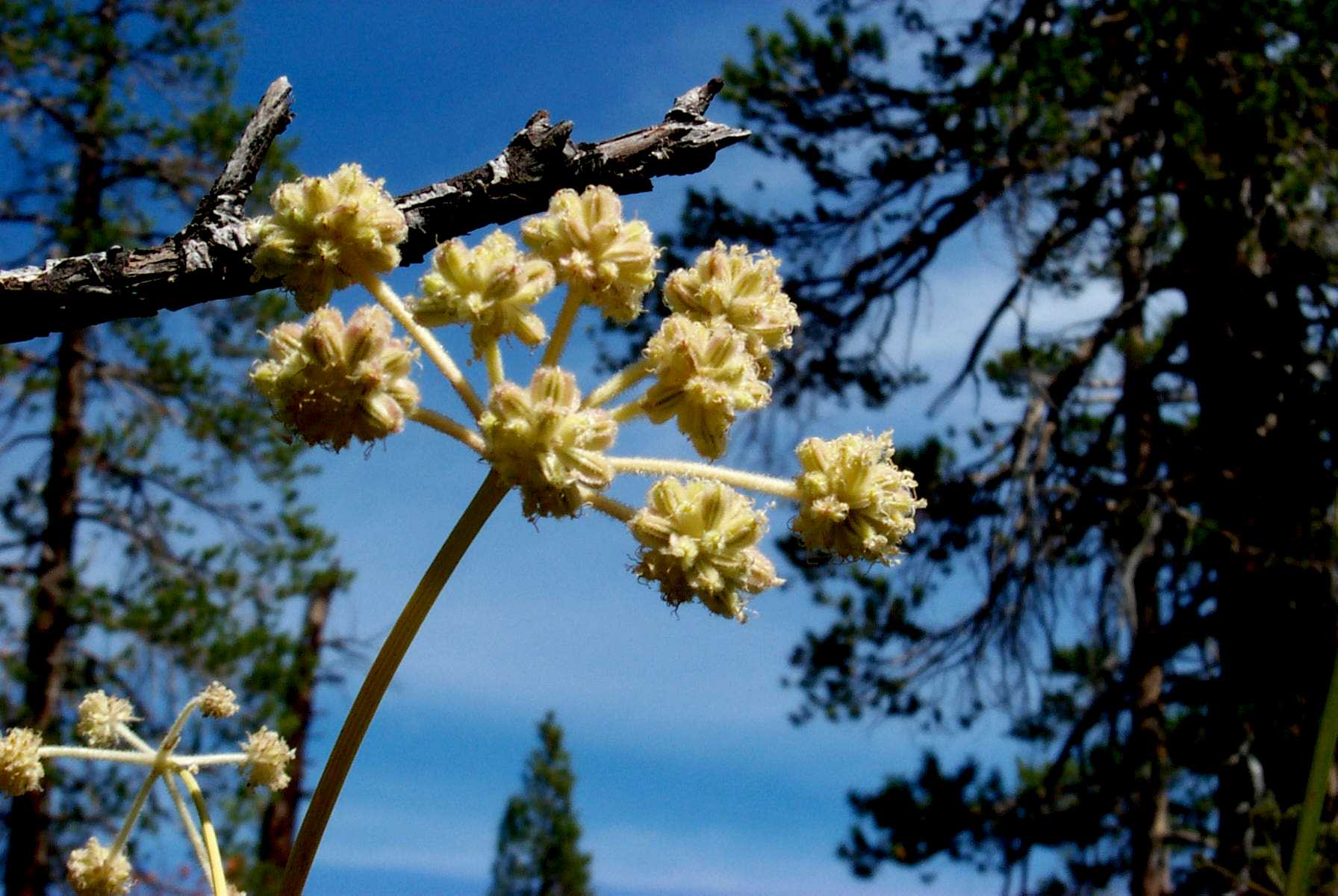

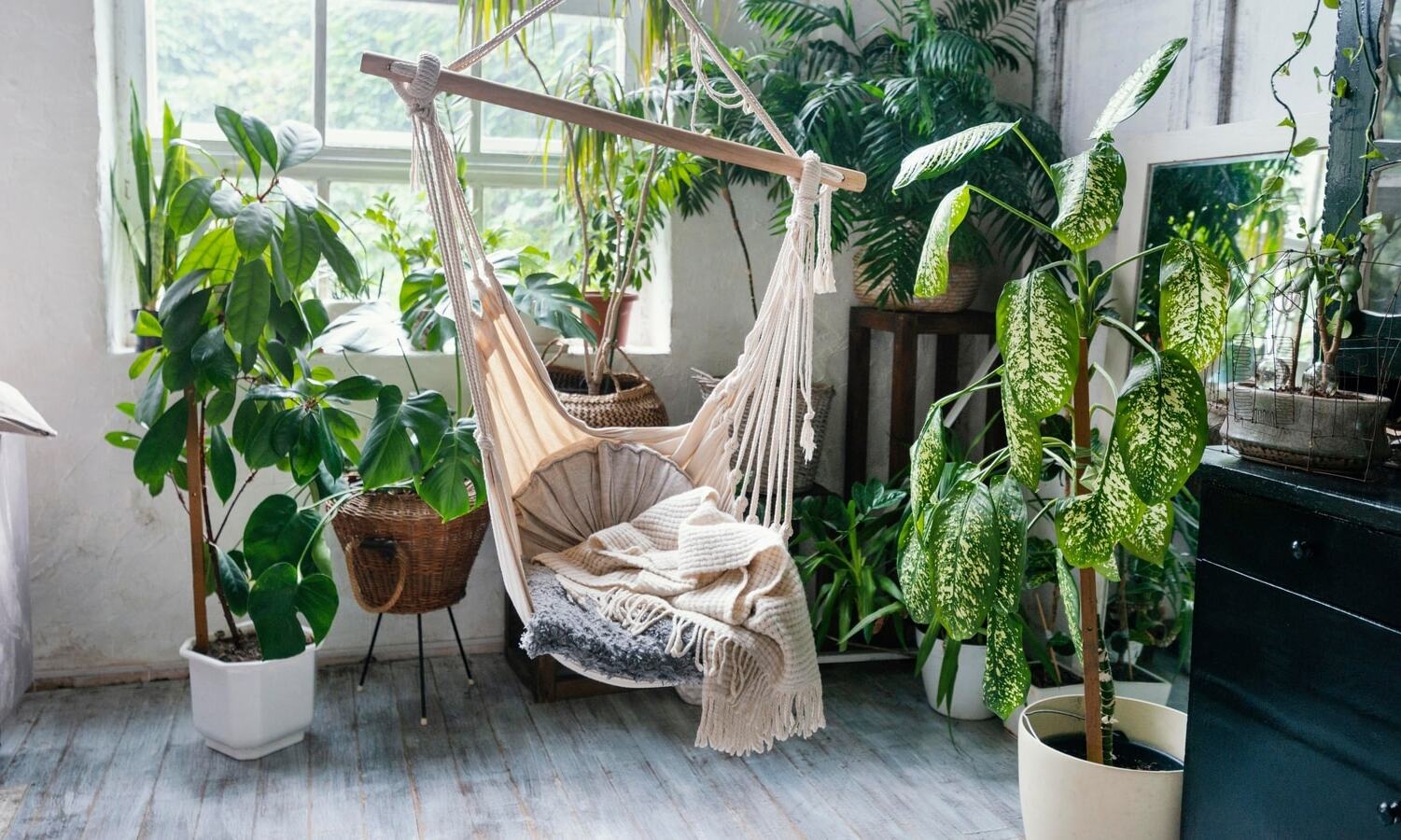
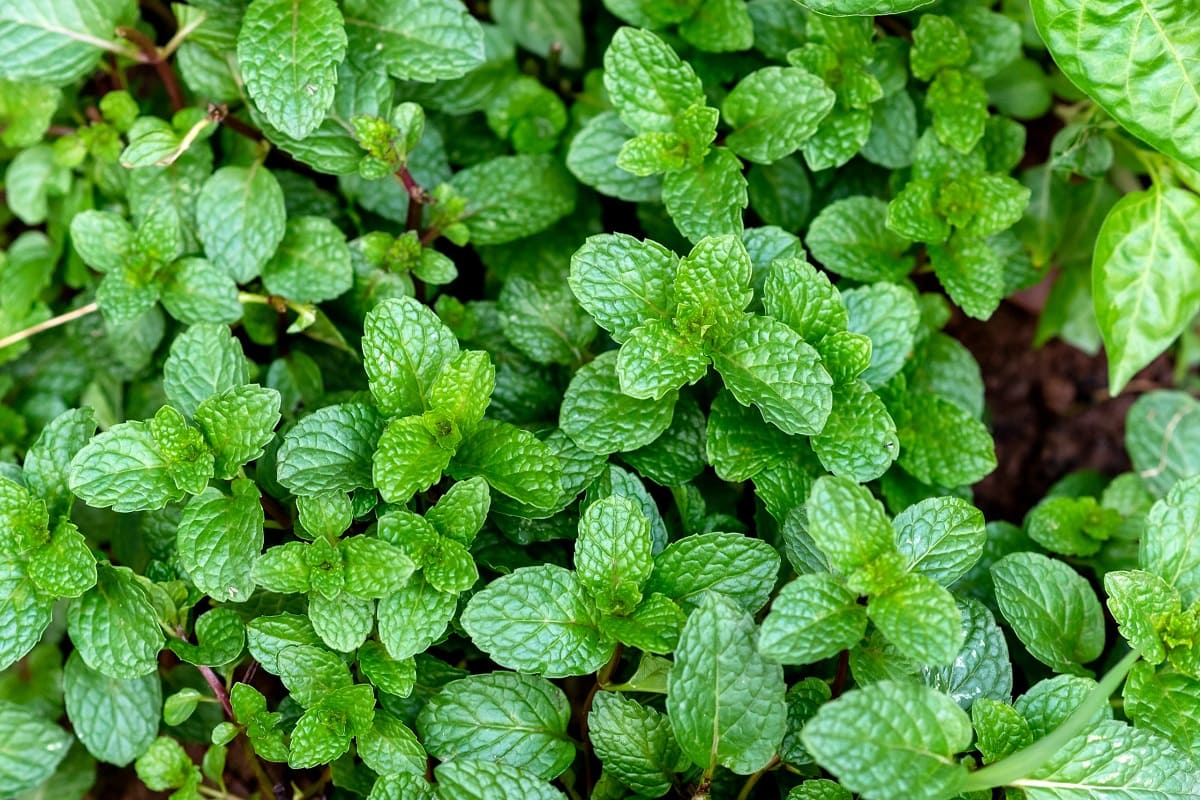
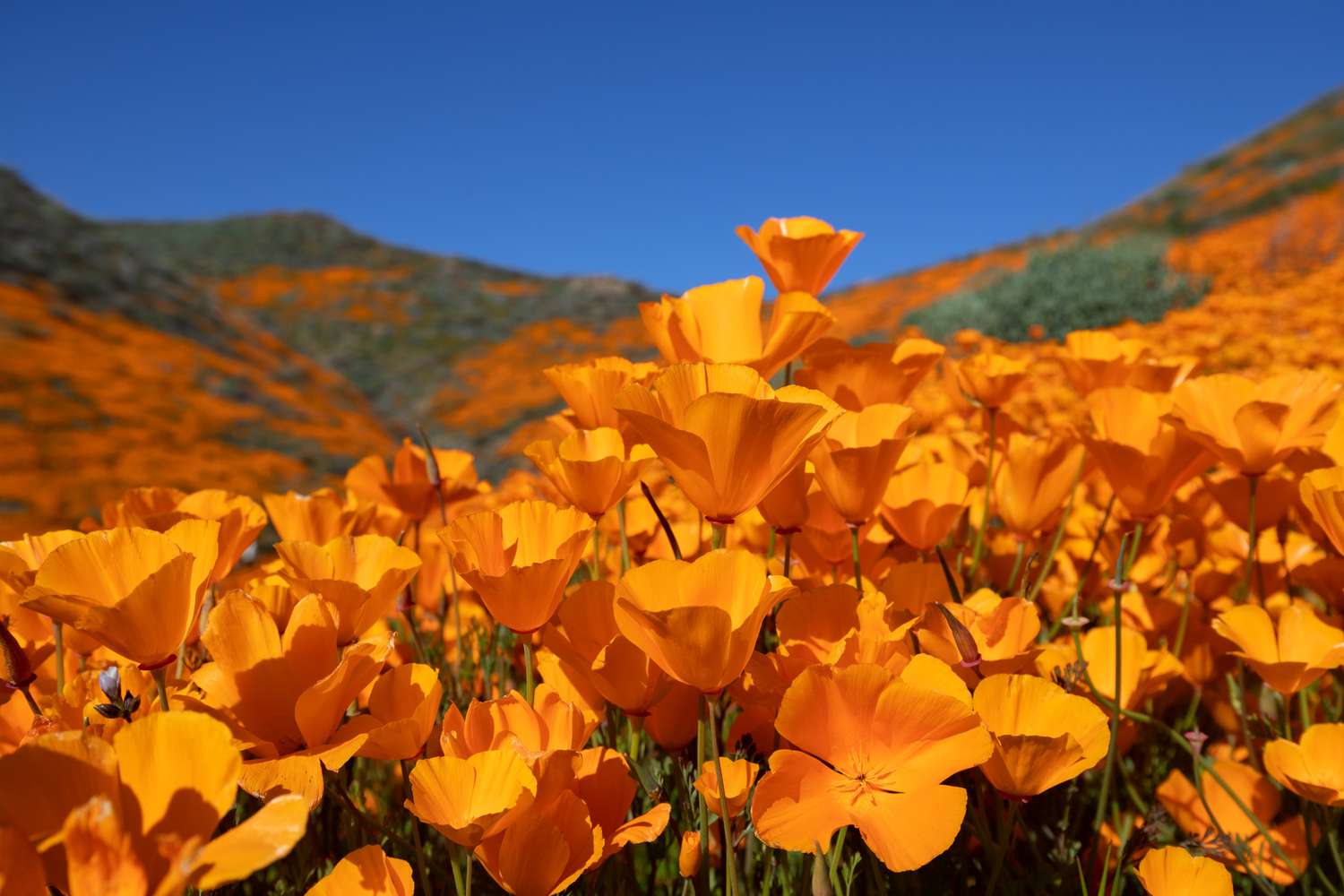

0 thoughts on “Hawaii’s Native Plants: Incorporating Tropical Flair At Home”